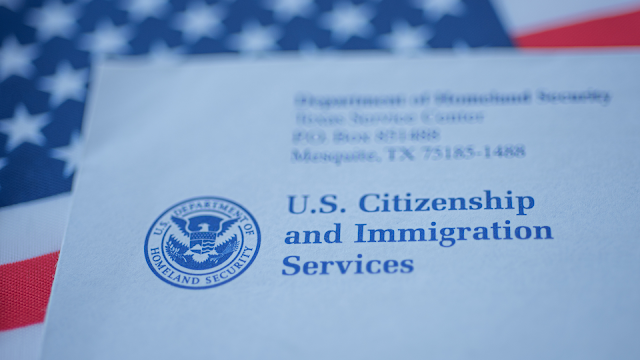A massive backlog in the immigration service that, 18 months after President Joe Biden's arrival at the White House, has still not been resolved.
The coronavirus pandemic has also contributed to this delay due to the closure of offices for months. In addition, the implementation of the 'zero tolerance' immigration policy under the Trump administration has caused disruptions to the normal processing of these immigration procedures.
Despite the government's efforts to reduce the waiting time to become a U.S. citizen, an online tool from the immigration service (time processing) shows that in some offices the wait can still be up to 24 months, as in the office located in Christiansted, Virginia.
According to the U.S. Citizenship and Immigration Services (USCIS) website, processing time means: “The processing time shown on the USCIS website is the amount of time it took us to complete the 80% process for cases adjudicated in the last six months. Processing time is defined as the number of days (or months) that have elapsed between the date USCIS received an application or petition and the date USCIS completed the adjudication of the application or petition (i.e., approved or denied it).”
On the other hand, according to this tool, some of the cities where the process takes the longest are: Christiansted (24-month wait), Seattle (19 months), and New Orleans (18.5 months). Conversely, in these other cities, the wait times are somewhat shorter: Helena (10 months), Manchester (10.5 months), Portland (11 months), among others.
The delay is considerable, if one takes into account the time of governments like that of Barack Obama, where the estimated duration was 6 months.
It should be acknowledged that several factors influence the timeframes, including the ongoing coronavirus pandemic, the perceived lack of personnel to meet demand, and the crisis at the border with Mexico.
In addition, in recent years there has been a notable increase in asylum cases of foreigners fleeing their countries mainly due to crime, violence, poverty, drug trafficking and the effects of climate change, all of which has been aggravated by the pandemic.
Finally, the solutions proposed so far have not had any effect; on the contrary, several sources say that there have been more delays and setbacks, for example, in the interviews.
News report based on information from: Univision and USCIS.

